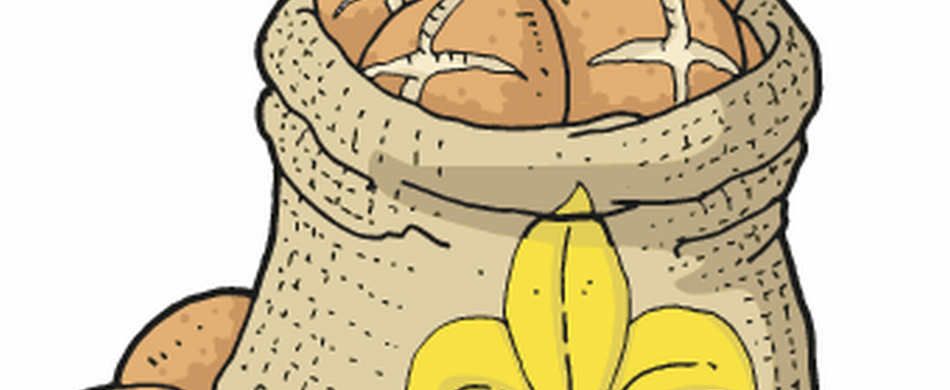NO, IT’S not a mistake. I was not supposed to write ‘St. Anthony’s Bread’. The title is correct as it stands, and it refers to an ancient legend dating back to the 13th century which obviously concerns the Poor Man of Assisi.
The legend has it that during the harsh winter of 1224 some Franciscan friars were confined by a fierce snowstorm to their tiny friary surrounded by a brigand-infested forest. The friary was located at Montella, not far from Naples in southern Italy, and was founded by Francis himself.
The poor friars, stranded inside the building and cut off from all contact with the outside world, had run out of food. They were starving and fearful because a pack of wild, howling wolves had surrounded the walls of their friary. The end seemed imminent, even though the friars kept praying fervently to God for help.
As we know, “Prayer from the lips of the poor is heard at once, and justice is quickly granted them” (Sirach 21: 5-7). The next morning brought them unexpected salvation. They heard a knocking on the friary’s portal and, on opening the heavy door, found no one there. The only thing they found was a sack emblazoned with a fleur-de-lis, the symbol of the French crown, filled with life-giving bread.
The legend claims that, at that time, St. Francis was at the court of the king of France and, having learned through divine inspiration of the plight of his friars at Montella, begged King Louis VIII for a sack of bread for his fellow friars. That sack would then have been sent by Francis himself to the doorstep of his fellow friars at Montella on the wings of an angel.
St. Francis’ sack survived the centuries variously used as an altar cloth, and then kept sealed at a shrine dedicated to the patron saint of the environment. It was eventually cut up, and parts of it were given out to other religious institutions. After the friary was destroyed by an earthquake in the 1730s, the monastery was rebuilt and the sack was hidden away in storage. Today, fragments are kept in the friary’s chapel as relics. Only half of the cloth bag is left, but it remains a popular attraction for tourists and historians.
Who knows how many people, on looking at that relic, must have thought, “Are we really sure that these are strips of fabric from an 800-year-old sack? And even if they are, how can we be sure that the sack was once filled with bread?”
Well, these same questions must have been on the minds of some scientists because, a few months ago, a team of Danish, Dutch and Italian researchers examined the sack fragments to see if the material matched the legend.
The results they came up with are quite astonishing. The experts dated the sack to between 1200 and 1295, which fits the story’s timeline. Moreover, through chemical analysis using a process called gas-chromatography with mass spectrometric detection, the team found that the sack once contained bread. “Our studies show that there was probably bread in the sack,” Dr. Kenneth Rasmussen, lead researcher, wrote in his paper, adding, “We don’t know when, but it is more likely that bread was in contact with the textile in the 300 years before the earthquake… maybe it was indeed on the cold winter’s night of 1224 – it is possible.”
Of course, the surprised scientists refused to comment on the allegedly miraculous delivery of the sack by an angel, saying that this part of the story is a matter of religious belief.
The scientists, of course, are quite right. There are no miracles for those who have no faith. Miracles happen to those who hope for them, and they always come with a spiritual message addressed not only to those who receive the miracle, but also to anyone who might hear of it afterwards. And the message of this story is that we are not specks of dust in the universe; we are children of God. Our Lord takes time out of his schedule to listen to our prayers and to care for us… individually… personally… as a father cares for all his children. The poor friars of the Franciscan friary near Montella were freezing and in dire need of food. They confided in the Lord and prayed to him, and the following day they received St. Francis’ bread. This was bread which nourished them and saved them from starvation, but also nourished and strengthened their faith.
Once again science has revealed that the stories of the saints are often grounded in reality.




